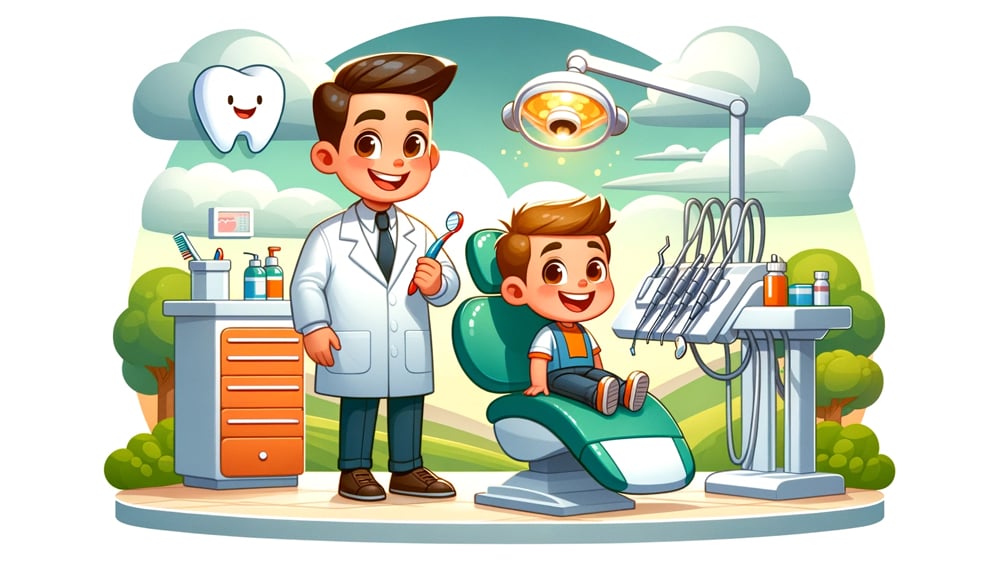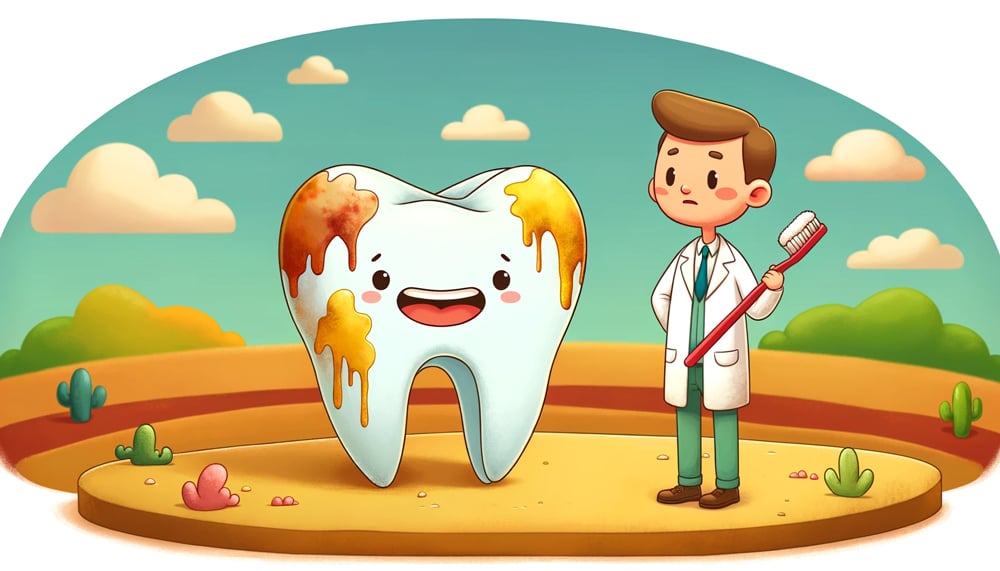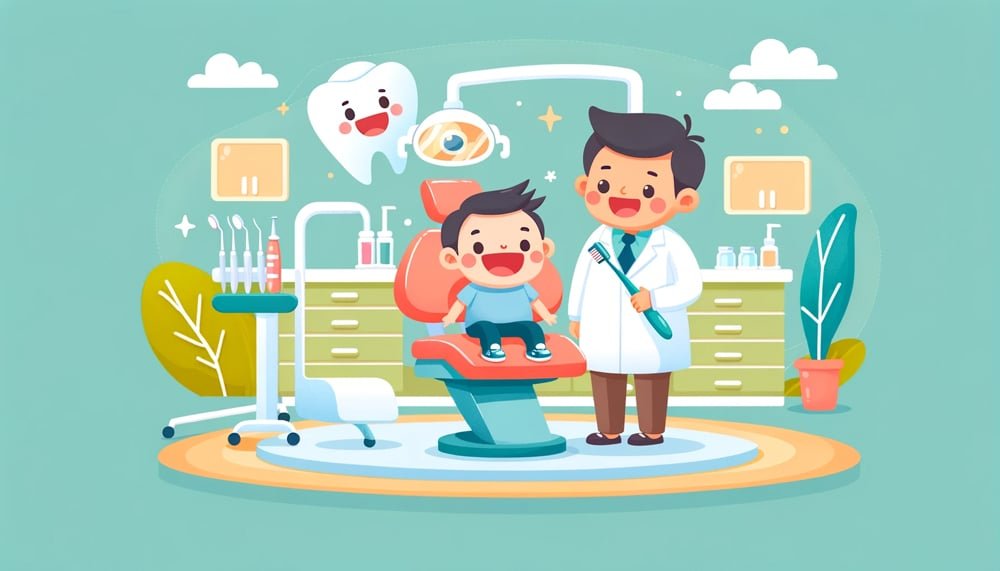Teeth cleaning is a routine dental procedure often considered for maintaining oral hygiene. But beyond its health benefits, many wonder about its effectiveness in removing stains from teeth.
This article explores the role of teeth cleaning in stain removal, the types of stains addressed, and complementary practices for maintaining a bright smile.
Understanding Teeth Stains: Types and Causes
Teeth stains can be classified into two categories: extrinsic and intrinsic.
- Extrinsic stains appear on the surface of the teeth and are often caused by lifestyle factors such as smoking, and consumption of staining substances like coffee, tea, and red wine.
- Intrinsic stains, however, are deeper and may be due to factors like aging, medications, or trauma.
The Role of Professional Teeth Cleaning in Stain Removal

Professional teeth cleaning, performed by a dentist or a dental hygienist, is an essential procedure for oral health.
It involves the removal of plaque and tartar, which if left untreated, can lead to dental issues such as cavities and gum disease.
But how effective is it in removing stains?
The Process of Professional Teeth Cleaning
The process typically includes scaling and polishing. Scaling removes plaque and tartar, while polishing uses a special paste to remove surface stains, resulting in a cleaner and brighter appearance of teeth.
Impact on Extrinsic Stains
Professional teeth cleaning is highly effective in removing extrinsic stains. The polishing process, in particular, can significantly reduce the appearance of surface stains, restoring the natural whiteness of teeth.
Limitations with Intrinsic Stains
For intrinsic stains, professional cleaning may not be as effective. These stains often require more advanced cosmetic treatments, such as bleaching or veneers.
Complementary Practices for Stain Removal and Prevention

While professional cleaning is crucial, daily oral hygiene practices play a significant role in preventing and reducing stains.
Regular Brushing and Flossing
Regular brushing and flossing are the first lines of defense against stains. They help in removing food particles and plaque, which can cause staining.
Choosing the Right Toothpaste
Toothpaste with mild abrasives can be effective in removing surface stains. Some toothpaste also contains whitening agents, which can help in reducing discoloration.
Dietary Considerations
Being mindful of foods and beverages that cause staining can significantly reduce the risk of extrinsic stains. Rinsing the mouth after consuming stain-causing substances can also be beneficial.
The Role of Smoking Cessation
Smoking is a significant contributor to teeth staining. Quitting smoking can prevent further discoloration and improve overall oral health.
Regular Dental Visits
Regular check-ups and cleanings are crucial in maintaining oral hygiene and preventing stains. Dentists can also provide guidance on specific concerns related to staining and discoloration.
Advanced Cosmetic Procedures for Stubborn Stains

When professional cleaning isn’t enough, especially for intrinsic stains, there are cosmetic procedures that can help.
Teeth Whitening
Teeth whitening, or bleaching, is a popular cosmetic procedure for removing deeper stains. It can be done professionally at a dental office or at home using over-the-counter products.
Risks and Considerations
While effective, teeth whitening is not suitable for everyone. It’s important to consult with a dentist to understand the potential risks and the suitability of this procedure for your specific dental condition.
Dental Veneers
For severe discoloration or irregularities, dental veneers can be an option. Veneers are thin coverings placed over the front part of the teeth, providing a uniform color and appearance.
The Process and Longevity
The process of getting veneers is more involved and irreversible. However, they offer a long-term solution for those seeking a perfect smile.
Conclusion: A Comprehensive Approach to Stain-Free Teeth
Teeth cleaning plays a significant role in removing stains, especially extrinsic ones.
However, for a holistic approach to stain-free teeth, it’s essential to combine professional dental procedures with good oral hygiene practices and lifestyle changes.
Regular dental visits not only keep your teeth clean but also allow for early detection and treatment of potential issues.
Emphasizing Preventive Care
Prevention is always better than cure. By understanding the causes of teeth stains and adopting preventive measures, one can maintain a brighter smile and overall oral health.
Tailored Dental Care for Individual Needs
Every individual’s dental needs are unique. Consulting with a dentist for personalized care and advice is crucial for maintaining healthy and stain-free teeth.
